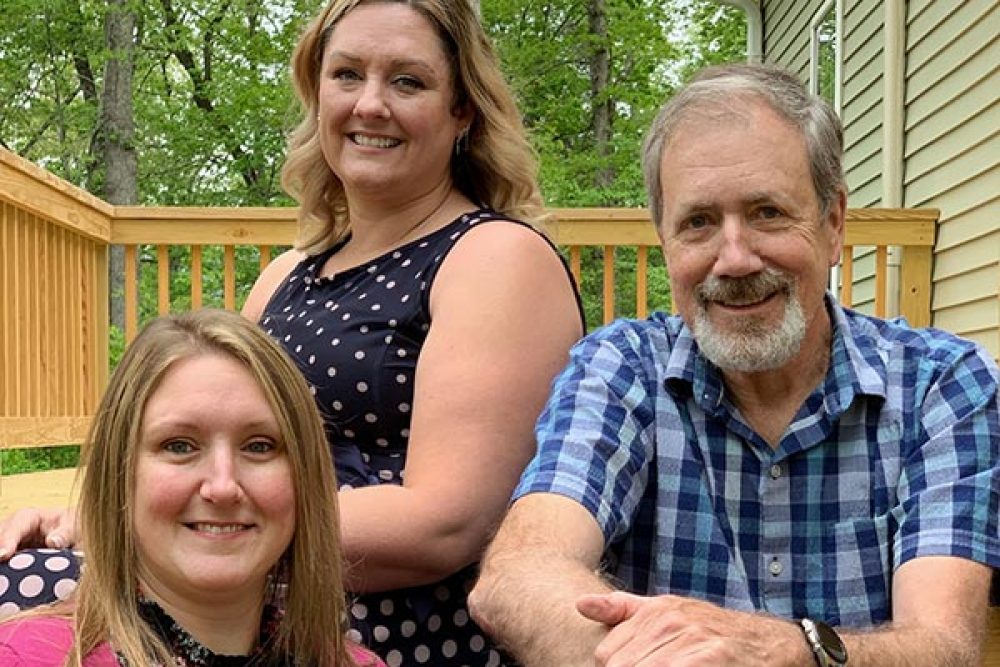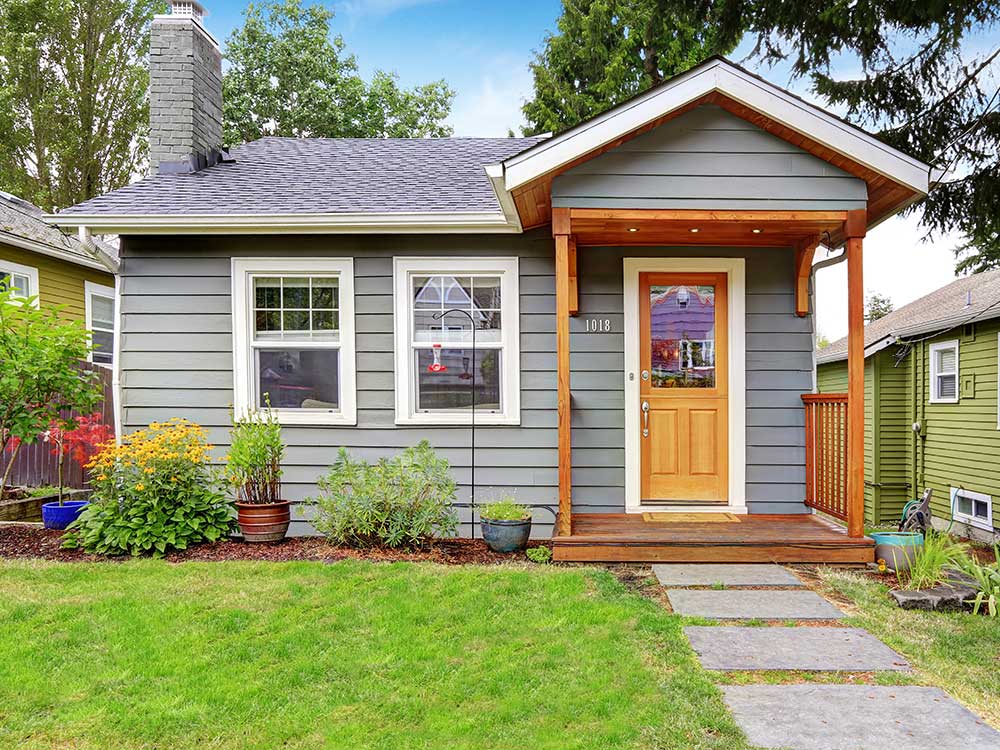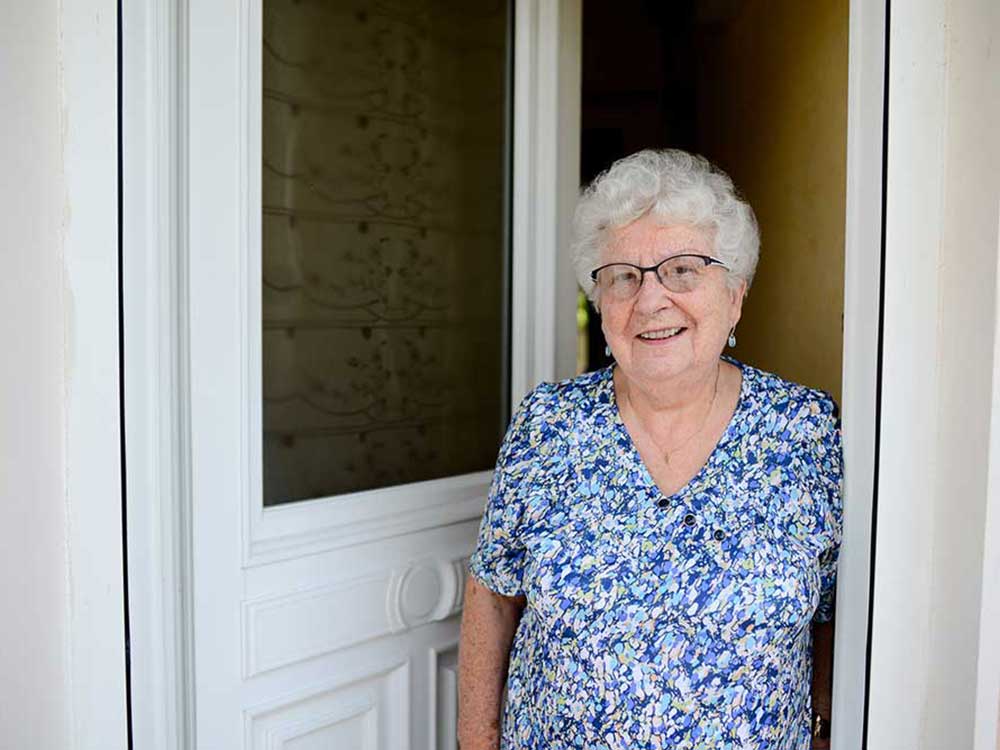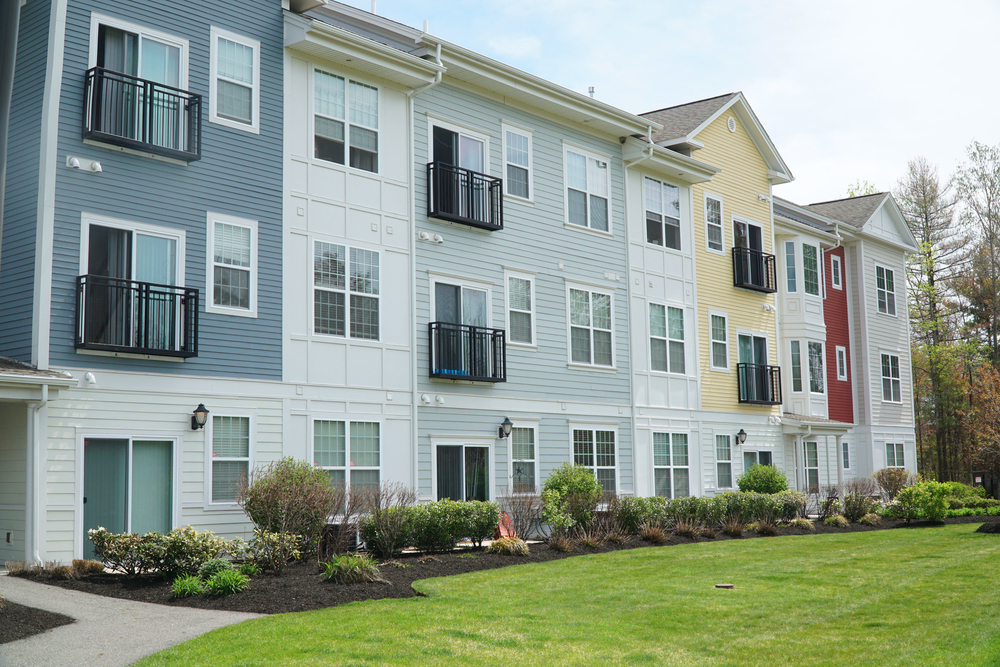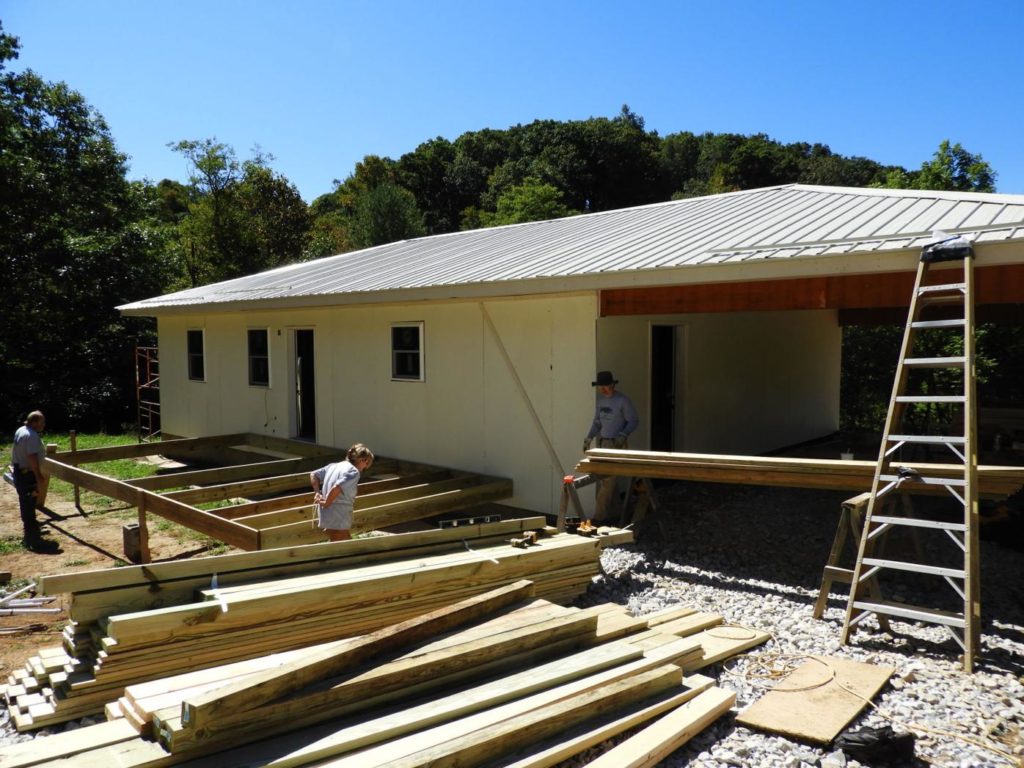Mountain Projects started in 1965 as part of President Lyndon Johnson’s War on Poverty through community action agencies. Since that time, the organization has significantly grown and diversified, existing to help people help themselves and make their community a better place to live. They do this through a collection of 21 programs from Head Start to senior resources and transportation to housing, including the Smoky Mountain Housing Partnership.
Smoky Mountain Housing Partnership (SMHP) was formed in 2019 as the affordable housing division of Mountain Projects with offices in Waynesville and Sylva. Their mission is to advocate for and create opportunities for workforce housing. SMHP strives to assist residents in their service area through programs that include financial literacy, down payment help, rental assistance, credit counseling, and home purchasing.
Dogwood Health Trust has partnered with Mountain Projects and Smoky Mountain Housing Partnership to make affordable housing available in Haywood and Jackson Counties. An $872,671 grant will support efforts to increase affordable homeownership opportunities and increase access to affordable rental units over the next two to five years and catalyze a homeownership center that will serve counties throughout the region. Specific elements of the grant include hiring additional housing counselors, covering acquisition and pre-development expenses on housing developments, being able to offset infrastructure and rising materials costs and expansion of affordable rental opportunities.
Specific elements of the grant include hiring additional housing counselors, covering acquisition and pre-development expenses on housing developments, being able to offset infrastructure and rising materials costs, and expansion of affordable rental opportunities.
According to SMHP Executive Director Heather Boyd, the terrain in Haywood and Jackson Counties makes buildable land scarce, and as a result, more expensive. “Support like this from Dogwood Health Trust allows us to jumpstart a few key projects and leverage funds from other sources,” said Boyd. “We anticipate being able to secure an additional $2.4M from state and federal sources as a result of this grant.”
Boyd notes that with the grant funding from Dogwood, SMHP will be able to catalyze their homeownership center, ultimately serving over 400 families over the next two years. “The right housing counselor has the potential to have significant impact in a person’s life,” said Boyd. “Their efforts with a client can create generational impact because they’re doing more than just helping them buy a house; they’re helping them see the bigger picture and instill values that will last a lifetime.” HUD certified housing counselors often work with clients on budgeting, meal planning, credit counseling, and foundational life skills that can positively impact their likelihood of homeownership.
“We look at the world of the person we are working with and consider the full scope of what they need,” says Patsy Davis, executive director, Mountain Projects.

